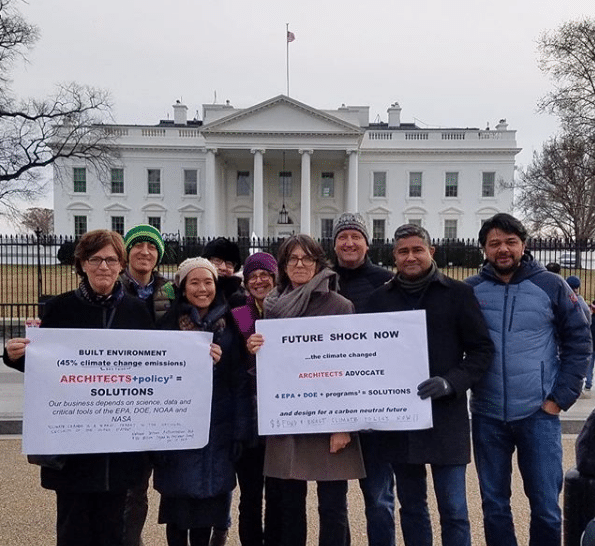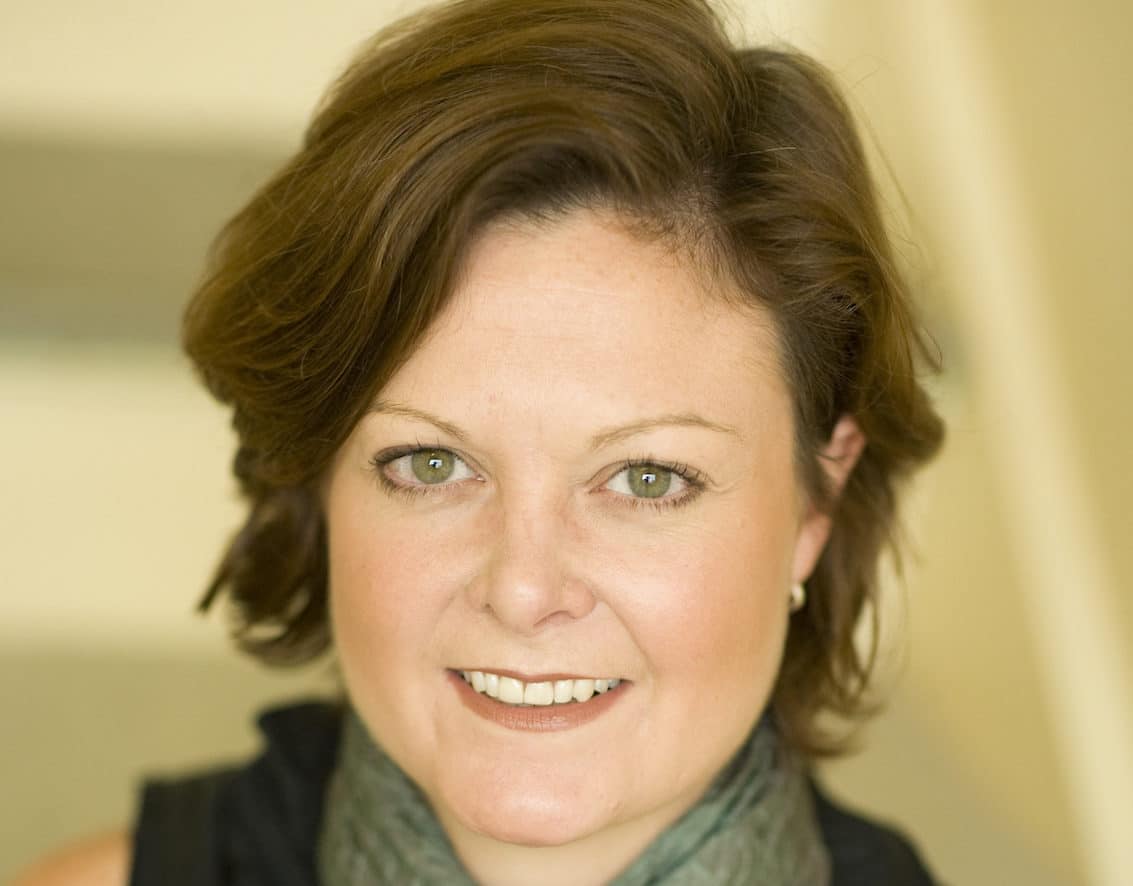
WSLA Insights is a special section in each issue of gb&d magazine where alums from the Women in Sustainability Leadership Award share their guidance and leadership experience.
In 1968, Whitney M. Young, National Urban League executive director, spoke at the AIA annual conference, calling out the profession for its civil rights failures. “You are not a profession that has distinguished itself by your social and civic contributions to the cause of civil rights,” he said. “You are most distinguished by your thunderous silence and your complete irrelevance.” He was speaking to a room full of white men.
He may have shamed them, but progress in the field since has been slow. As of last year, according to the Bureau of Labor Statistics, 28.6% of architects are women and 2.1% are black. Diversity in leadership is even lower, and a gender pay gap remains. The 2015 Census Bureau reports women architects earned 79.4% of what their male counterparts did. If we’re going to see real change, we need a new plan.
What We Risk
When we don’t work toward diversity and inclusion, we suffer the effects of not having it. There seems to be an assumption that we can do a little work around the pipeline problem and “just wait,” and inequalities will even out. But that’s wrong.
It’s been more than a decade since architect Lance Hosey and I wrote Women in Green: Voices of Sustainable Design. In it, we explored the links between design, gender, and innovation in architecture, engineering, and construction. It’s a conversation that continues today.
The Equity by Design group has gained traction within the AIA with much-needed data collection; women in design groups are active in many cities; and conversations about equity and pay transparency are gaining momentum as big companies like Salesforce and Starbucks pave the way. But individual companies can move the needle, too. And they should.
One problem is we are too focused on equity for equity’s sake. Bill Clinton said he wanted a cabinet that “looks like America,” and there is often talk in the industry about creating firms that “look like” the communities they serve. While that’s important, is it the only reason to embrace diversity? Many studies say no. A 2018 McKinsey & Company study reinforces the link between diversity and company financial performance and points to how companies “can craft better inclusion strategies for a competitive edge.” A Credit Suisse Research Institute study showed companies with more female executives in decision-making positions resulted in higher market returns and superior profits.

Members of AIA COTE leadership advocate for a carbon neutral future in D.C. [Photo: Courtesy of Kira Gould]
The Numbers
An AIA study of the habits of high-performance firms revealed design firms that frequently win the AIA COTE Top Ten awards for projects that integrate design excellence and sustainability have far greater gender parity (46% women, 54% men) than the industry as a whole (31% women), and higher numbers of women in leadership (34% compared to industry-wide 20%). Women-owned firms are just 7% of the profession at large and make up 20% of repeat COTE Top Ten award winners studied.
One positive result, beyond the quality of the work, is that compared to the rest of the industry these firms have significantly higher staff retention rates. This is beneficial for both organizational culture and the bottom line, since replacing staff can cost more than twice a person’s annual salary. Given that study after study shows financial performance is improved by more diversity, why aren’t AEC leaders demanding more diversity?
The Challenge
Two decades ago, as the green building movement was gaining steam, many firms were doing it for the optics. Greenwashing was common, but it turned out redefining design excellence to include sustainability made good business sense. The studies are the writing on the wall—diversity is good business.
Most firms are waiting for diversity to happen naturally, but we need to encourage this strategically. I heard one leader from a large firm talk about leveraging his intentions to hire as many women as he could. The same strategy applies to people of color. It requires work, but some firms are putting in the effort and building relationships with universities to broaden their reach with students from different ethnic groups.
This is not an affirmative action strategy that focuses on one individual versus another; instead the point is to strengthen firm culture. Big business is understanding that healthy organizations depend on and are enriched by a broad range of people, and studies continue to suggest diverse teams are smarter in many contexts. Organizations benefit from these differences, and this also means organizations are finding ways to embrace differences rather than suppress them.
The big winners will be the firms whose CFOs tie diversity to the bottom line and prioritize the issue. Nothing motivates a firm like client demand, and as big business recognizes the value of diversity and inclusion, they’ll demand it from their consultants. Smart firms will show the way. Wouldn’t it be great if architecture turned out to be the field that proved how achievable this is?
 Kira Gould is a writer and communications consultant. Her consultancy focuses on leading people and firms in the sustainability space. She received gb&d’s Women in Sustainability Leadership Award in 2015.
Kira Gould is a writer and communications consultant. Her consultancy focuses on leading people and firms in the sustainability space. She received gb&d’s Women in Sustainability Leadership Award in 2015.

